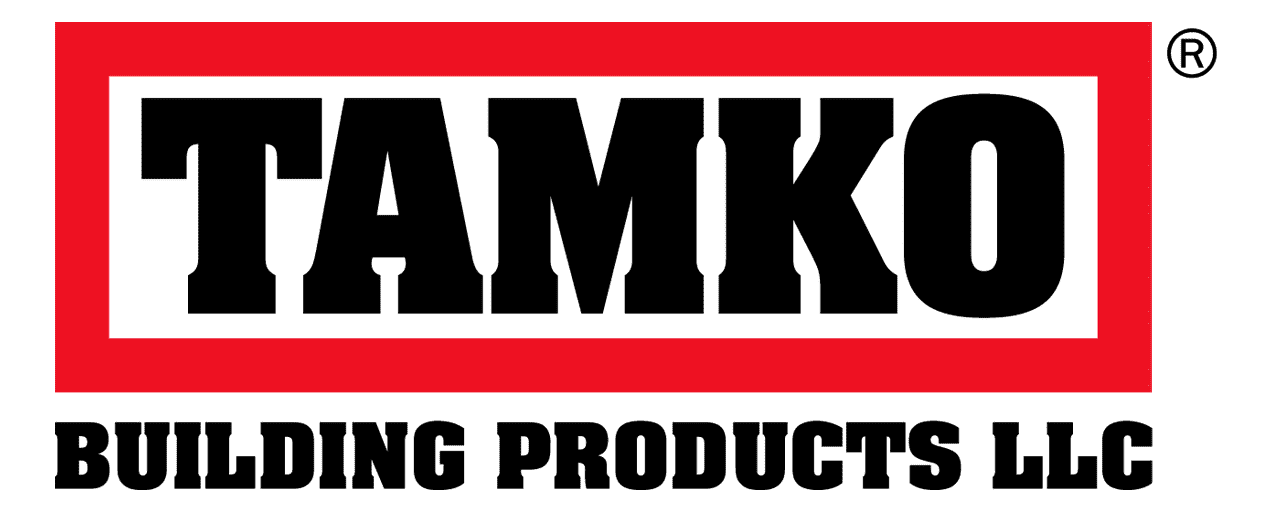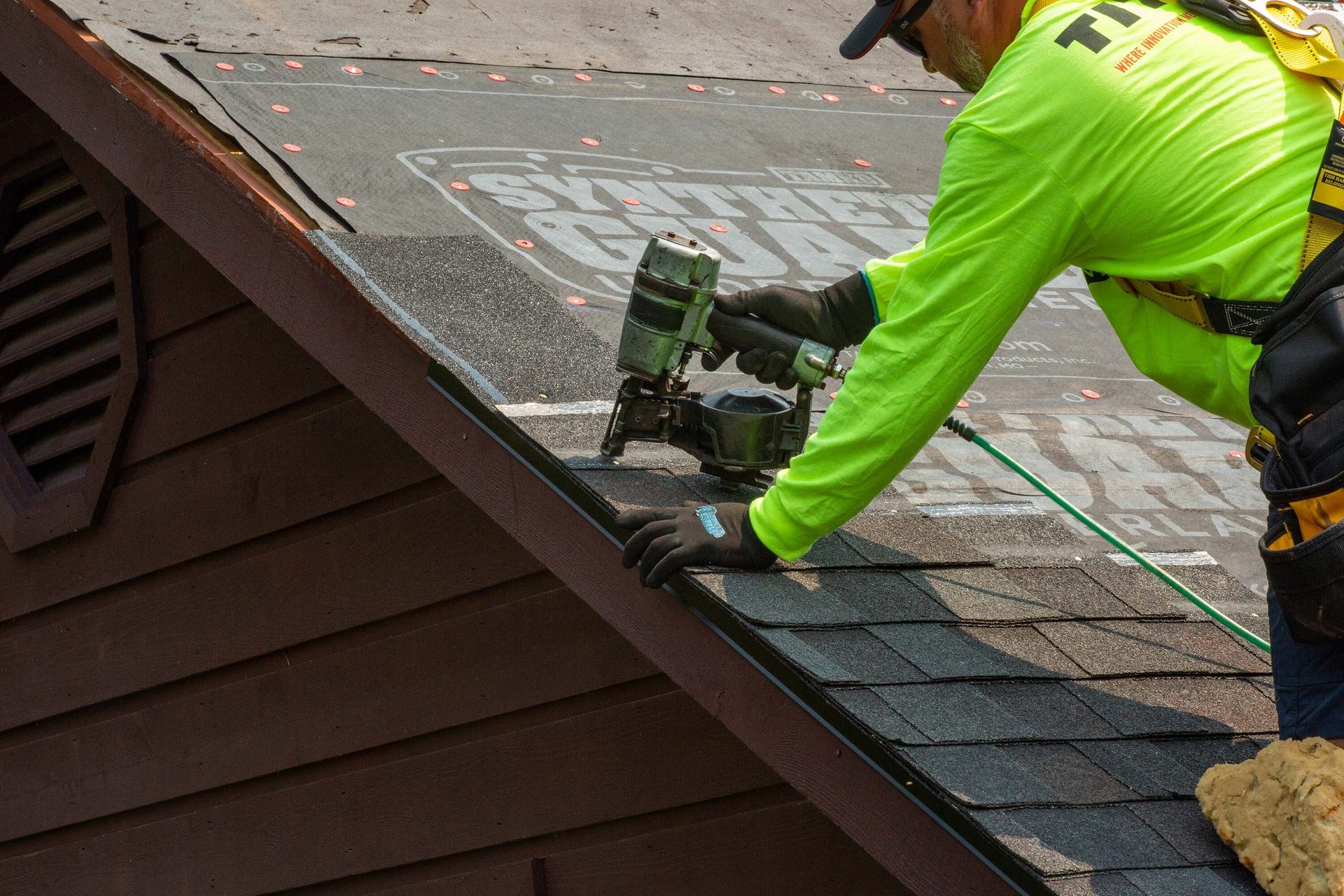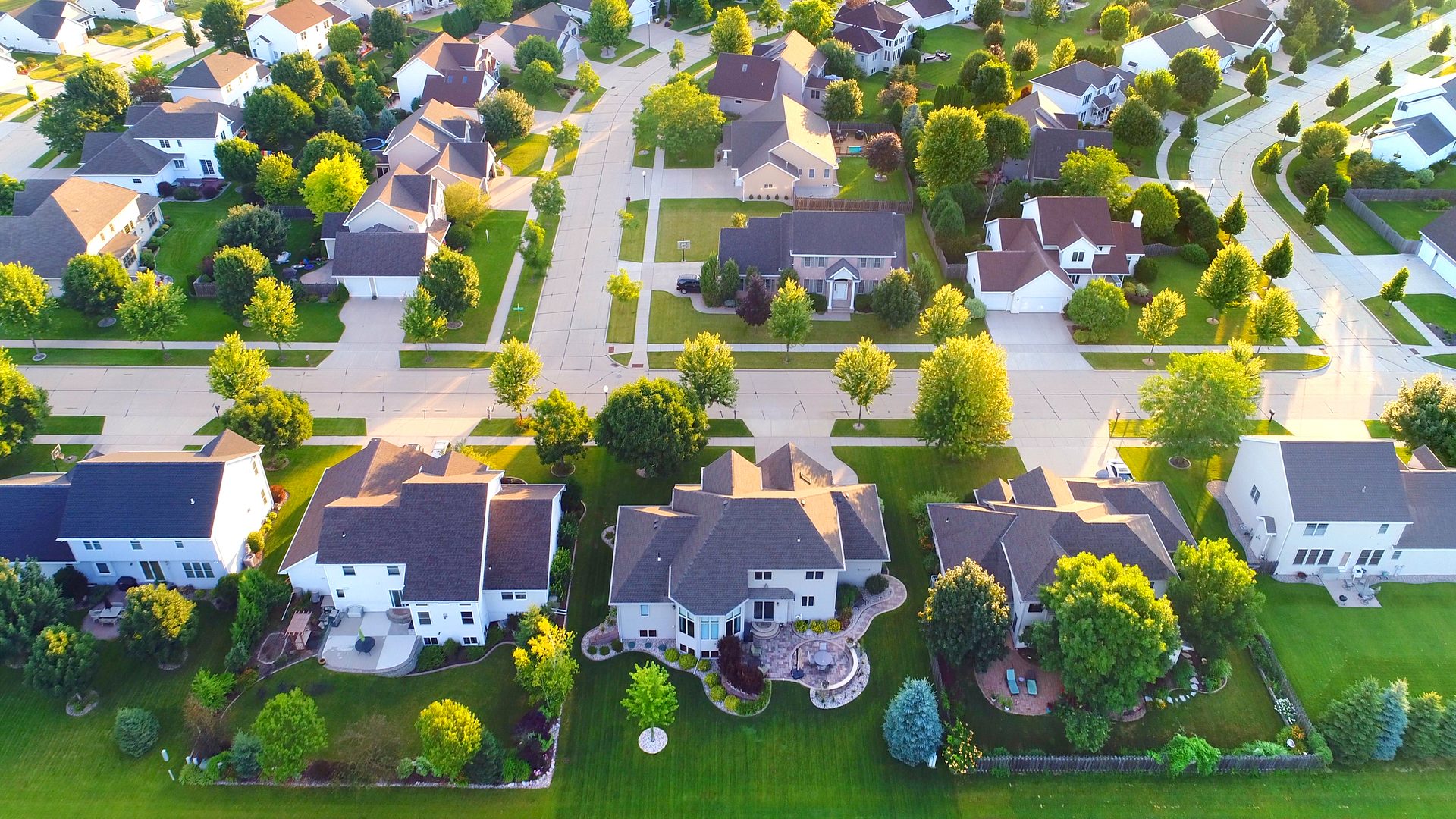SPONSORED BY


SPONSORED BY ROOFLE TECHNOLOGIES and OWENS CORNING
FORTIFIED Roof
How Selling a
Can Boost Profits and Build Your Brand
Image courtesy of Apex Roofing and Restoration
COO of Apex Roofing and Restoration shares his company’s experience with FORTIFIED roof sales
by Erin Shields
Differentiating yourself from competitors can lead to increased sales and, as we have found at Apex Roofing and Restoration, one way to distinguish yourself is by selling and installing a FORTIFIED Roof.
My company has installed over 1,000 FORTIFIED Roofs and we’re arguably the largest installer in the U.S.
Our business margins have grown by 10% to 20% in that time. We operate from Florida to Colorado and from Illinois to Tennessee.
Our revenue has climbed 10% along the Gulf Coast due to selling FORTIFIED Roofs, but FORTIFIED Roofs have value beyond coastal communities — more on that later.
In 2010, the Insurance Institute for Business & Home Safety, or IBHS, created the FORTIFIED home program, which aims to make homes more resistant to wind damage; as of 2024, IBHS notes there are more than 50,000 FORTIFIED homes in the U.S.
The growth has come partly from educating property owners, partly from the availability of insurance discounts, and, ultimately, because a FORTIFIED Roof works.
After Hurricane Sally ripped through Alabama in 2020, Roy Wright, the CEO of IBHS, said, “It’s easy to tell which homes have FORTIFIED roofs; the ones that don’t are color-coded with blue tarps.”
Tips on marketing and selling FORTIFIED
Successfully selling a FORTIFED Roof requires, in part, educating property owners about the failure points that lead to roof damage and water intrusion. Not every property owner is inclined to spend the extra money (e.g., 10 to 30% higher than the cost of a traditional roof) to install a FORTIFIED Roof.
This product is for a discerning customer, often an engineer, doctor or lawyer. Generally, these are people willing to learn about protecting their investment.
Educating prospective customers can mean sharing video evidence that the FORTIFIED Roof withstands 130-mph winds, EF-2 tornadoes, and, with IBHS-approved impact-resistant shingles, two-inch hail.
A well-prepared salesperson offering an in-home presentation, news articles and customer testimonials often seals the deal.
We have also educated our staff by developing and internally distributing a white paper, so we talk about the construction and benefits of FORTIFIED in the same way.
For a roofer, the added labor cost of constructing a FORTIFIED Roof is minimal. The materials used are a bit different than those for a traditional roof. For example, FORTIFIED Certified Roofing companies use sealed roof decks, ring-shanked nails, and wider drip edges on homes.
Using 8D ring-shank nails and decreasing the spacing to four inches can double the amount of uplift a roof can take.
According to a 2019 National Institute of Building Sciences report titled “Natural Hazard Mitigation Saves,” researchers found the FORTIFIED Roof designation “is a particularly cost-effective solution to hurricane hazard mitigation.”
Specifically, for every $1.50 spent on mitigation, there were approximately $8.60 in benefits related to preventing damage to buildings and contents and the cost of relocating homeowners.
Selling a homeowner on the higher price point of a FORTIFIED Roof is about selling peace of mind.
Most insurers offer two types of deductibles: One is a regular storm deductible where a homeowner would pay $1,000 to have the property’s roof replaced due to damage from wind well below hurricane-strength. The second type of deductible is a named-storm deductible, which could require the homeowner to pay up to 5% of the home's value to replace a damaged roof. The investment in FORTIFIED could save the homeowner thousands and thousands of dollars.

XX
Titan XT® shingles
Titan XT® shingles are engineered for strength and designed for longevity — exactly what contractors need when their workmanship is on the line. Here’s what sets Titan XT® shingles apart:
- GRANULES HOLD FIRM: Advanced asphalt formulas and premium materials help deliver superior granule adhesion — helping ensure long-term performance even in the harshest climates.
- SEALANT GRIPS STRONG: The next-generation sealant is engineered for powerful adhesion, holding tight through freeze-thaw cycles and blistering summer heat.
- LAMINATE MAINTAINS INTEGRITY: The laminate design is optimized to perform on steep pitches and during high-heat exposure, locking the system together against seasonal strain.
- REINFORCEMENT SECURES THE SYSTEM: The innovative AnchorLock™ layer adds structural rigidity and helps keep shingles firmly in place, even under severe wind loads.
HOMEOWNER TRENDS ROOFERS NEED TO KNOW
What:
A must-attend for all roofing contractors who are looking for:
- A better understanding of homeowner expectations for residential roofing contractors when it comes to the overall experience of purchasing a roof.
- Data-driven insight into where those expectations align with roofing contractors – and where they don’t.
- Market insight related to current and future trends in residential roofing.
- Exclusive viewpoints into current and future growth opportunities for contractors.
- Understanding what factors influence the contractor selection process.
- Ideas to improve customer communication and operational efficiency that grow profits.
When:
2 p.m., Thursday, May 23
Presenters:
- Mitch Henderson, co-CEO, BNP Media, Clear Seas Research
- Travis Harvego, CEO, Roofle Technologies. Harvego has more than 10 years of hands-on field experience in customer relationship management, sales, sales management, project management and labor relations.
- Mike Goldenstein, chief revenue officer, Roofle Technologies. With over 30 years in the roofing industry, Goldenstein is a voice contractors trust, and he excels at advocating for industry success and advancement.
- Chris Morris, CEO at Stonegate Group LLC. Morris boasts extensive expertise in roofing, digital marketing and AI-driven sales automation.

“It’s easy to tell which homes have FORTIFIED roofs; the ones that don’t are color-coded with blue tarps.”
Benefits stretch inland
For non-coastal areas, there are advantages to a FORTIFIED Roof that roofers can share with potential customers. A 2023 University of Oklahoma study of FORTIFIED Roofs looked at damaging winds like those from tornadoes.
According to the study, the authors concluded that a home with a FORTIFIED Roof would likely withstand a major event and the property owner would not have to pay:
- A deductible
- Increased premiums for a claim
- Associated costs incurred by the homeowners when moving out of their home during repairs
In Alabama, property owners with a certified FORTIFIED Roof can get a 25% to 40% discount on the storm portion of their insurance policy.
Louisiana set up its FORTIFIED Roof grant program in 2022, and the current legislative session is now considering a $10,000 tax credit for homeowners who voluntarily put a new FORTIFIED Roof on their home.
In Oklahoma, IBHS says insurers offer discounts for meeting FORTIFIED standards, saving property owners up to 42% of the wind and hail portion of premiums.
Other states that offer insurance discounts for FORTIFIED construction include Florida, Georgia, Maryland, Mississippi, North Carolina, South Carolina, and Texas.
With a FORTIFIED Roof, the insurance discount is tied to the house, not the homeowner — another selling point.
Additional Points
A homeowner (or builder) must call on a Certified FORTIFIED Evaluator to inspect the house during the retrofit or building process for a home to earn the FORTIFIED designation certificate.
That designation enables the property owner to receive the insurance discounts mentioned above. To construct FORTIFIED Roofs, a roofing company would need training, which is available through IBHS, to understand the materials and techniques (e.g., achieving a sealed deck with modified seam tape) to withstand hurricane-force updrafts.
The current installation rate for FORTIFIED Roofs would indicate that it will become standard across the Southeast and Midwest in five years.
Roofing companies can obtain the FORTIFIED certification by taking a day of IBHS classroom training and tests. They can then explain to homeowners the benefits of this type of construction while distinguishing themselves from their competitors.
Through its website, Smart Home America provides continuing education on FORTIFIED, building codes and insurance.
Art Aisner is editor-in-chief of Roofing Contractor. Reach him at 248-244-6497 or aisnera@bnpmedia.com.
Erin Shields is the chief operating officer of Birmingham, Ala.-based Apex Roofing and Restoration. He leads the company’s roof repair, replacement and storm damage services, along with customer service, sales and marketing.

